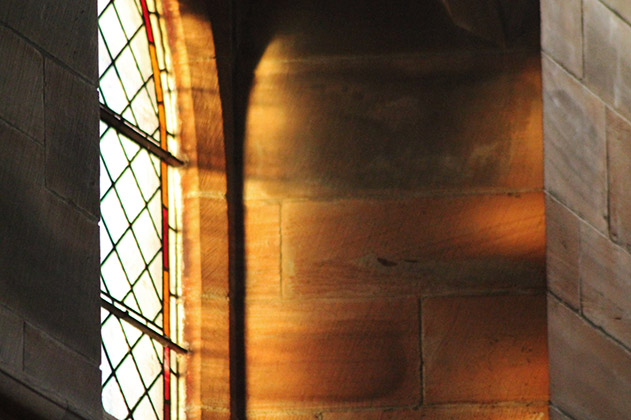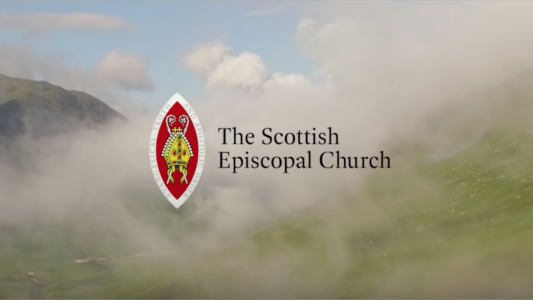Normally the maintenance and development of church properties is delegated to a Fabric sub-committee whose convener is responsible for overseeing activities and reporting to vestry. When planning “building” works, there are a number legal and administrative matters that need to be considered to ensure safe working, whether the work is part of a regular maintenance programme, building improvement or development. The convener of the sub-committee should be aware of these requirements, an overview being provided in the document “Maintenance and Building Work for your Church – Some Practical Considerations”, dropdown below. It should be noted that even when an external contractor is employed, the vestry has a responsibility to ensure that the relevant legislation regarding safe working has been complied with.
A list of possible hazards associated with work carried out on buildings and associated land can be found below. Of particular concern in the church environment is the issue of working from height. By this is meant anywhere from which a fall would be likely to cause injury or death. It is recommended that working at height be avoided unless there is no alternative, in which case the person should be aware of the HSE guidance on Working at Height, button below. Churches should ensure that properly constructed steps are available when there is a need to reach objects down from high shelves and have a stepladder that complies with BS EN131.
Alterations to the structure, furniture and monuments of the church buildings are likely to require Canon 35 approval.
Maintenance and Building Work for your Church - Some Practical Considerations.
The SEC has produced a document detailing some practical considerations for maintenance and building work.
Maintenance and Work Hazards
Hazards associated with tasks carried out in or on our buildings and associated land
Text in blue contain links to more detailed guidance
- Asbestos
- Breaking into walls, floors & ceilings (includes drilling)
- Confined spaces (where there may be a presence of toxic atmosphere or shortage of oxygen)
- Digging
- Electricity
- Fire (including the storage of flammable liquids).
- Gas
- Glazing and handling sharp items
- Lone working
- Manual handling (lifting and moving items)
- Mobile plant (e.g. lawnmowers, diggers and powered access platforms).
- Noise
- Slips and trips
- Substances hazardous to health, including dust and noxious fumes
- Work equipment (e.g. strimmers, drills, tools, scaffolds, ladders, etc)
- Working at height (falls and falling items)
What do we need to do?
HSE have produced a document written to help you understand what you need to do under the Construction (Design and Management) Regulations 2015 (CDM 2015), which came into force in April 2015.
Canon 35 Approval Process
The Diocese of Edinburgh have produced a helpful guide to the Canon 35 approval process.
Working at Height Guide
The HSE have produced a guide to working at height.
Toolkit Contents
- Toolkit Home
- Health and Safety Policy Statements
- Risk Assessment
- Reporting Injuries
- Events Safety
- Food Hygiene
- Maintenance & Construction Safety (current page)
- Equipment Safety Checks
- Fire Risk Assessment








